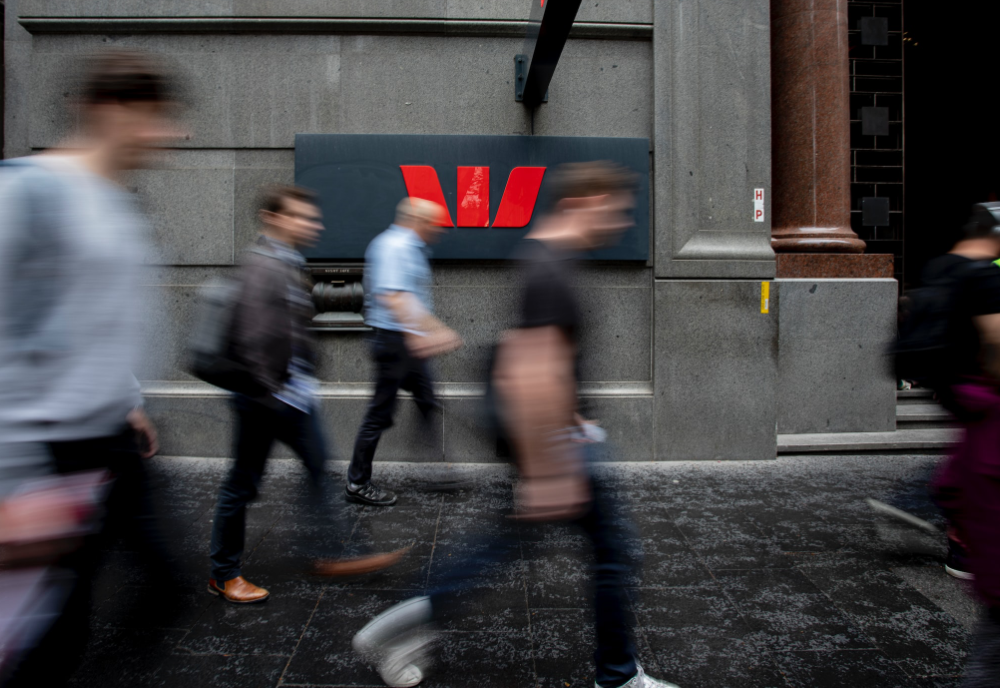Whoever wins this week’s election will inherit an Australian economy that is more distorted than it has been since the Second World War.
The progressive lowering of interest rates to almost zero since the Global Financial Crisis of 2008 has triggered a house price bubble that has divided the community between older people, who bought at more reasonable levels, and younger generations, who purchased at higher levels.
The game of ever-cheaper debt came to an end when the Consumer Price Index (CPI) came in at 5.1 per cent over the year, the largest increase in inflation since 2000. The Reserve Bank increased interest rates by 0.25 per cent, the first jump in over 11 years. The wheel, it would seem, is turning.
How did we get into this mess? One reason is that central banks are populated by economists who spend their time measuring transactions. They then try to apply various theories, many of which are unfalsifiable or circular, to those measurements in an effort to see the future. The track record is poor, which is unsurprising given that the approach is a little like trying to predict tomorrow’s weather by precisely measuring what happened today.
When it comes to assessing house prices, they are especially bereft; in fact, they tend to dodge the question completely. The reason is that one type of inflation is easy to quantify; the other is not. Consumer price inflation can readily be measured because the transactions, such as buying food or petrol, occur constantly. Detecting percentage price rises is straightforward.
The central banks then assume – this is the theory bit – that CPI inflation must be due, at least in part, to too much money being in the system. The only solution, given that there is no way to control the quantity of money any more, is to raise the cost of money, the interest rate. If interest rates go higher, the theory is that there will be less money in the system and prices will fall back.
It all sounds supremely logical and might have been once when financial systems were more closed. But now they are extremely open. According to the Bank for International Settlements, the annual foreign exchange transactions in the Australian dollar equate with about $US43 trillion. The annual Australian economy is about $US1.7 trillion.
Although these foreign exchange transactions are not ‘money’ in the same way that one uses ‘money’ to buy petrol, it greatly clouds the picture. It is why at one point the US regulators ditched measuring money supply (M2).
The confusion has been made worse by the emergence of cryptocurrencies, which are essentially invented digital money. Financial systems are no longer simple, and theories that assume they are will be found wanting.
Such confusion is bad enough, but, when it comes to house prices, the situation gets even worse. Asset price inflation – including house prices – is hard to measure, and measurement is what economists do. This is because transactions are not regular; the price of assets can rise even if no transactions occur.
People who have lived in their home for 30 years now have an asset worth many more times what they paid. Yet, if they have not sold, then no transaction has occurred. Economists are unable to reliably measure that, so they just avoid the issue.
Meanwhile, back in the real world, there are dangerous warning signs. The current base rate of 0.35 per cent is still low but it is likely to be heading higher, as indicated by the fact that the Australian 10-year bond rate has hit 3.56 per cent, more than three times the level of last August.
For those with large mortgages, the portents are not good, especially considering that Australian households are amongst the most indebted in the world. The ratio of housing debt to household income is over 140.5 per cent.
The policies of both the major parties will, predictably, do little about the core problem of excessive house prices.
The impact of interest rate rises will be uneven. Only about a third of the population has a mortgage (a third rent and a third own their homes outright). So this massive distortion will affect more recent borrowers – the younger generation. It is estimated that 300,000 borrowers are at risk of default and some have borrowed at six times their income so are extremely exposed to even small interest rate rises.
The policies of both the major parties will, predictably, do little about the core problem of excessive house prices. Instead, they will just reinforce the existing distortions.
The coalition is proposing to let first-home buyers use their superannuation to raise up to $50,000 for a deposit to get into the property market. That will not bring prices down; it will just put a floor under the market.
Labor is proposing a Help to Buy scheme in which it will take up to 40 per cent equity in a house for those who qualify. This idiosyncratic project will not solve the core problem of excessive prices either, and could easily have unintended consequences. It is probably a good thing that it will be capped at 10,000 homes a year, which in 2021 represented only about 1.7 per cent of the total turnover in houses.
So what should be done? The obvious starting place should be to stop the speculation in housing by investors, made possible by negative gearing, whereby interest costs and other costs are tax deductible. This has been the main reason for the excess.
Abolishing negative gearing is probably in the political too-hard basket. When former Labor leader Mark Latham raised the idea in 2003, he was shouted down. But the government could at least increase the capital gains tax on investment housing to make it less attractive. Then investors might look to putting their capital into something more productive and less socially damaging.
Central banks might try to use common sense. It should be obvious that policy extremes can lead to grave consequences, and having interest rates at 0.25 per cent was a policy extreme.
In the short term, the huge indebtedness makes it difficult to raise rates far without severe consequences. But, in the long term, the aim should be to have interest rates at closer to average levels so as not to get into this distorted mess in the first place. The Reserve Bank now has to confront asset inflation. It simply won’t be able to continue putting its head in the sand.
In terms of how it affects individuals, one way to look at it might be to compare whether one is income rich or poor and asset rich or poor. Younger generations who have reasonable jobs will tend to be in the bracket of income rich and asset poor, while the situation is likely to be the reverse for older generations. The job market is strong, in part because of the collapse of immigration, which took some jobs away from locals. That is good for the income of younger generations.
To assess risk and reward, one way might be to assess one’s likely income over a lifetime and use that figure to get a rough idea of what asset, house price, can be afforded. That will at least give some sense of context. If you want to get clever, you can also try to take into account the effect of inflation, because asset prices often keep pace with inflation while income is always eroded by it.
That is just one approach, of course. What is certainly needed is for people who have large mortgages and are facing higher interest rates to start thinking deeply about how to manage risk, which will be different for everyone. In a world where the authorities have recklessly created risk, it is up to the individuals to evaluate carefully how it will affect their future.
And beware of policy extremes by using good sense. It is self-evident that excessively low interest rates can only go one way – up.
If you wish to republish this original article, please attribute to Rationale. Click here to find out more about republishing under Creative Commons.
Photo by Nicolas Gonzalez on Unsplash.






